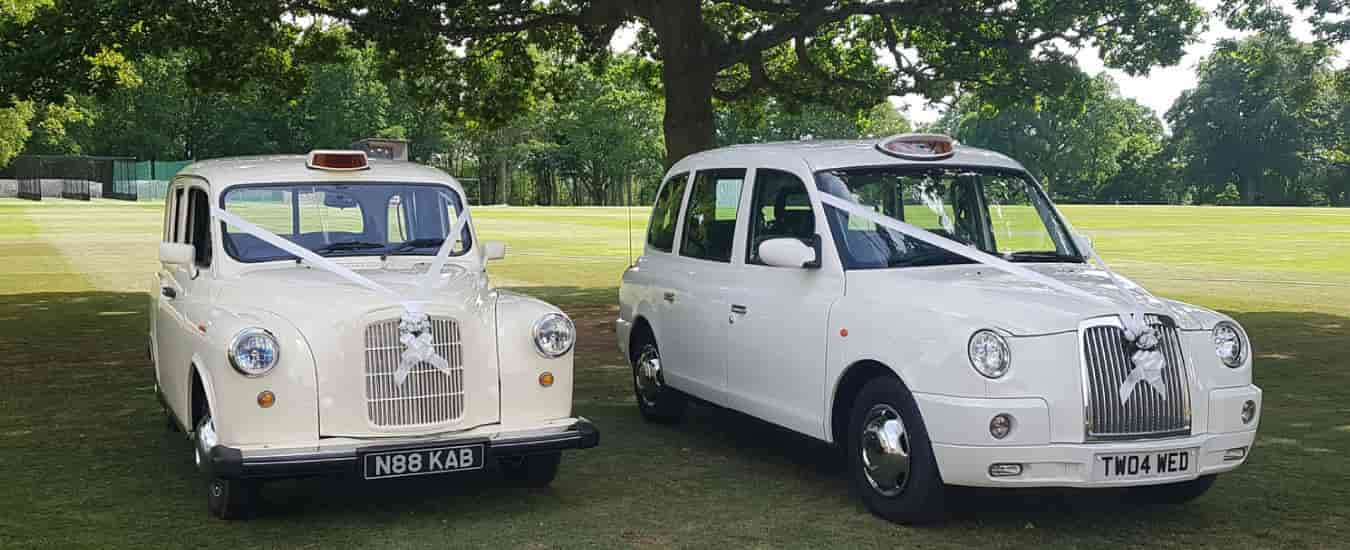The key feature of dialogue with humans is the voice. Conversation with humans isn’t just about what they’re saying anymore. It’s about how they’re saying it and their emotional state. That emotional state is what makes a conversation interesting, interesting enough to keep the reader hooked.
Great dialogue can be the key to making your characters and your story comes alive for your readers. But how do you write great dialogue? Let’s prospect some elements that make up great dialogue and tips on writing dialogue that your readers will love.
Show Your Character Some dialogue is completely dependent on the dialogue itself. Great dialogue arises from a character. A character’s dialogue represents their psychology, their personality, their quirks and the way they act.
We hope that you now clearly understand how to punctuate your dialogue. These rules for writing grammatically correct dialogues should help you get started.
But how can you write great dialogue? Because dialogue isn’t just a vocabulary or a few words you add to a character, but a way of life.
Writing Dialogue That Reflects Your Characters
Great dialogue is essential to any great story. It can convey character, advance the plot, and create tension and conflict.
Good dialogue is an essential component of good writing. It can help to advance the plot, develop the characters, and create tension and conflict.
If you already have a character, you have a problem. With a character, you’ll know what they want, what they need, what they love, what they hate, what they believe and a million other things.
But how can you write great dialogue for a character that people will love? Fortunately, it’s not hard to create a character with which people can connect.
Start With the Basics of Character Too often, writers share their screenplays and say things like, “My character is so-and-so,” and “My character hates so-and-so.
An em dash indicates that your character is being cut off, shocked, or interrupted.
Because it is longer than the hyphen, you can recognize an em dash. An em dash signifies that the dialogue ends abruptly when the speaker stops speaking or stops speaking. They are placed within the closing quotation marks.
Making Your Dialogue Spark
One of the most important elements of writing fiction is creating believable, compelling dialogue. Some tips and techniques for making your dialogue sparkle.
Commas form the basis of dialogue. The commas should be between the opening quotations when creating dialogue. This rule does not apply to all situations. This rule does not apply to text that is introduced with a conjunction, such as “that” or “or,” for example.
Use commas when your character speaks a sentence. This exception is the rule that sentences should not end with complete stops.
When used in most cases, exclamation points and question marks will fall within quotation marks. These marks may be placed outside closing quotation marks depending on the meaning you want to communicate.
Wrapping Things Up
Give your protagonist as much as a strong arc as you can in your character development. For example, if your character is a troubled teenager, have them become a confident and mature adult.
This change also means having the ending of your story get into the bigger picture at the end and start to include other characters.










